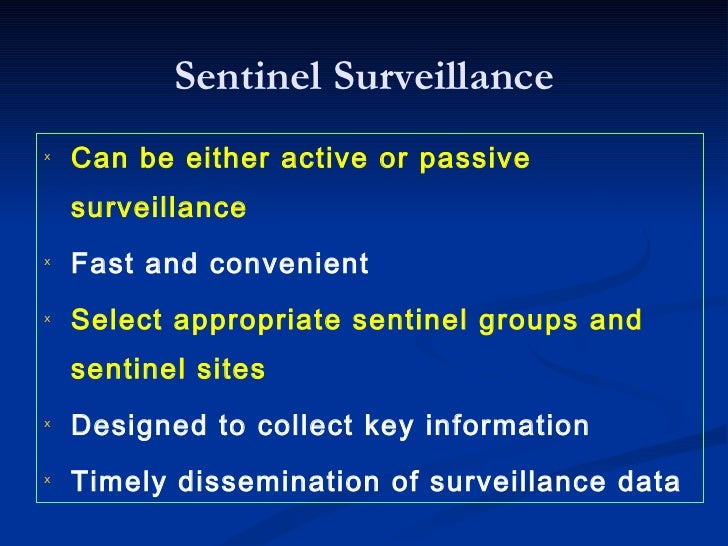Surveillance
Surveillance-
The word surveillance comes from a French phrase for “watching over” (“sur” means “from above” and “veiller” means “to watch”)
Surveillance is a systematic process of collection, Transmission, Analysis and feedback of public health data for decision making.
The literal meaning of surveillance is supervision or close watch especially on suspected person. It is more than simple reporting of cases.
It includes identification of missed and suspected cases and contacts, their confirmation by laboratory investigations, finding out source of infection, routes of transmission.
“Epidemiologically surveillance means continuous scrutiny of the factors that determine the occurrence and distribution of diseases and other condition of ill health.”
Objectives-
- To provide information about new and changing trends in the health status of a population. E.g., Mortality, Morbidity, Nutritional Status.
- To provide feedback which may be expected to modify the policy and the system itself.
- To provide timely warning of Public Health Disasters so that interventions can be mobilized.
Types of Surveillance-
- Active Surveillance
- Passive Surveillance
- Sentinel Surveillance
Active Surveillance-
An active surveillance system provides stimulus to health care workers in the form of individual feedback or other incentives. Often reporting frequency by individual health workers is monitored; health workers who consistently fail to report or complete the forms incorrectly are provided specific feedback to improve their performance. There may also be incentives provided for complete reporting.
Active surveillance requires substantially more time and resources and is therefore less commonly used in emergencies. But it is often more complete than passive surveillance. It is often used if an outbreak has begun or is suspected to keep close track of the number of cases.
Advantage-
- Can be very sensitive
- Can collect more detailed information
- May be more representative.
Disadvantages-
- High Cost
- Labor intensive
- Difficult to sustain over time.
Limitations-
- Due to usage of broad criteria for identifying cases in active surveillance result in screening of children with non-specific illness were also have undergone ultrasound screening.
- This surveillance has also diagnosed large of transient cases.
Passive surveillance-
Passive surveillance often gathers disease data from all potential reporting health care workers. Passive surveillance is the most common type of surveillance in humanitarian emergencies. Most surveillance for communicable diseases is passive. The surveillance coordinator may provide training to health workers in how to complete the surveillance forms, and may even send someone to periodically collect forms from health facilities. But little attention is given to individual health workers who report the information.
Strengths-
- Large population cover
- Simple to operate/inexpensive
- Signal detection
- Hypothesis generation
- Easier to design and carry out
- Useful for monitoring trends over time
- Triggers further investigation
- Low cost
Weaknesses-
- Reporting biases- under-reporting
- Stimulated reporting
- May not be representative
- Low sensitivity
- Amount of data availability is limited
- Can-not determine AEFI incidence
- Inconsistent data quality/completeness
Sentinel surveillance-
- Choose key “Location” to monitor for condition of interest “Location” might include
- Site
- Provider
- Event
- Animals/Vectors
- Choose a location that is most susceptible to change.
A sentinel surveillance system selects, either randomly or intentionally, a small group of health workers from whom to gather data.
Sentinel surveillance also requires more time and resources, but can often produce more detailed data on cases of illness because the health care workers have agreed to participate and may receive incentives. It may be the best type of surveillance if more intensive investigation of each case is necessary to collect the necessary data. That advantage of sentinel surveillance is that the reporting biasness is minimized, and feed-back of information to the providers is simplified.

Disadvantage-
If the site is not selected properly, data may not be representative of general population, thereby providing inadequate estimates of incidence and prevalence.
Steps of Surveillance-
- Collection of relevant information about the disease under surveillance.
- Analysis and interpretation of this information.
- Dissemination of this information to the concerned authority for decision.
- Judgment and actions leading to prevention and control of diseases.